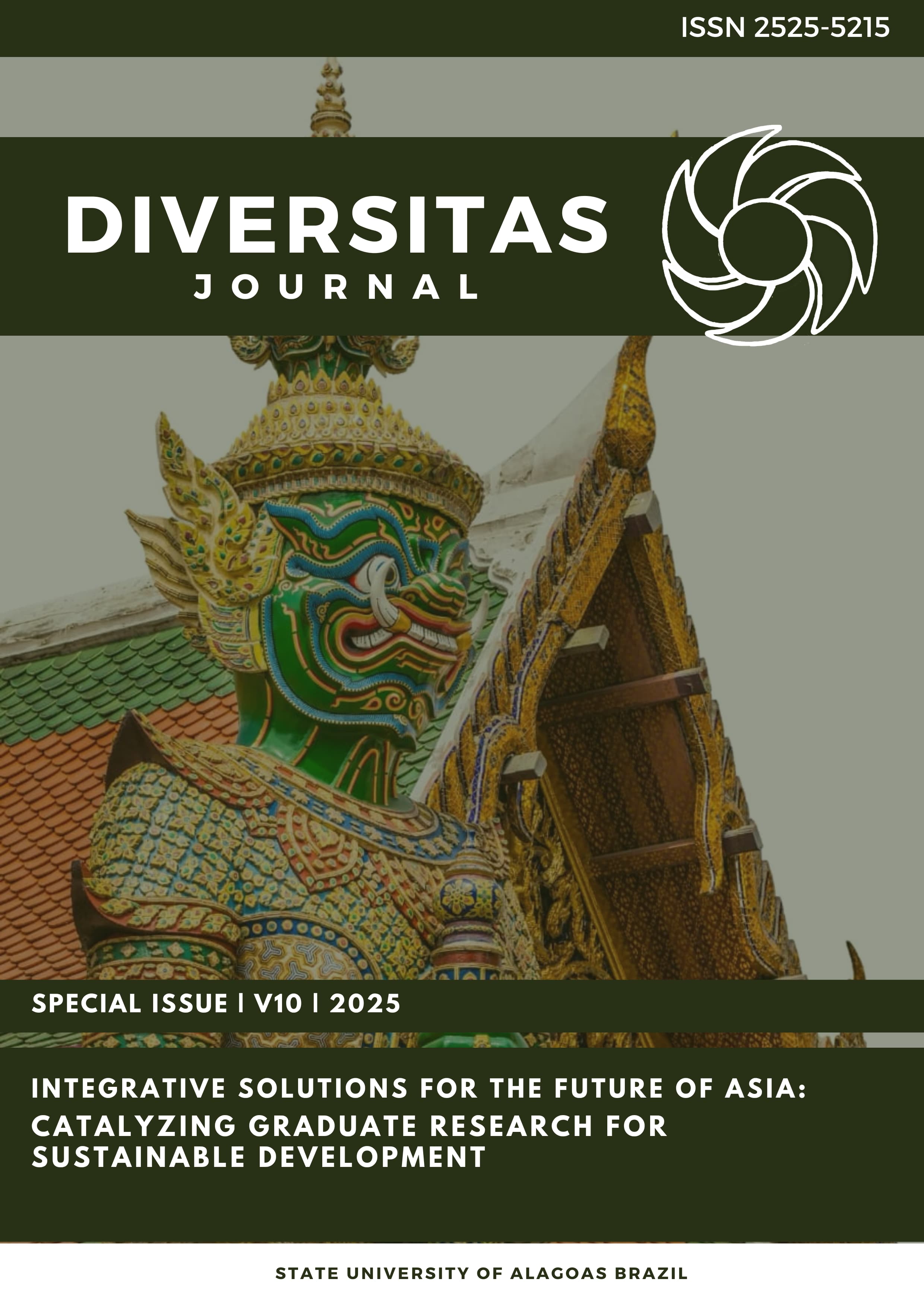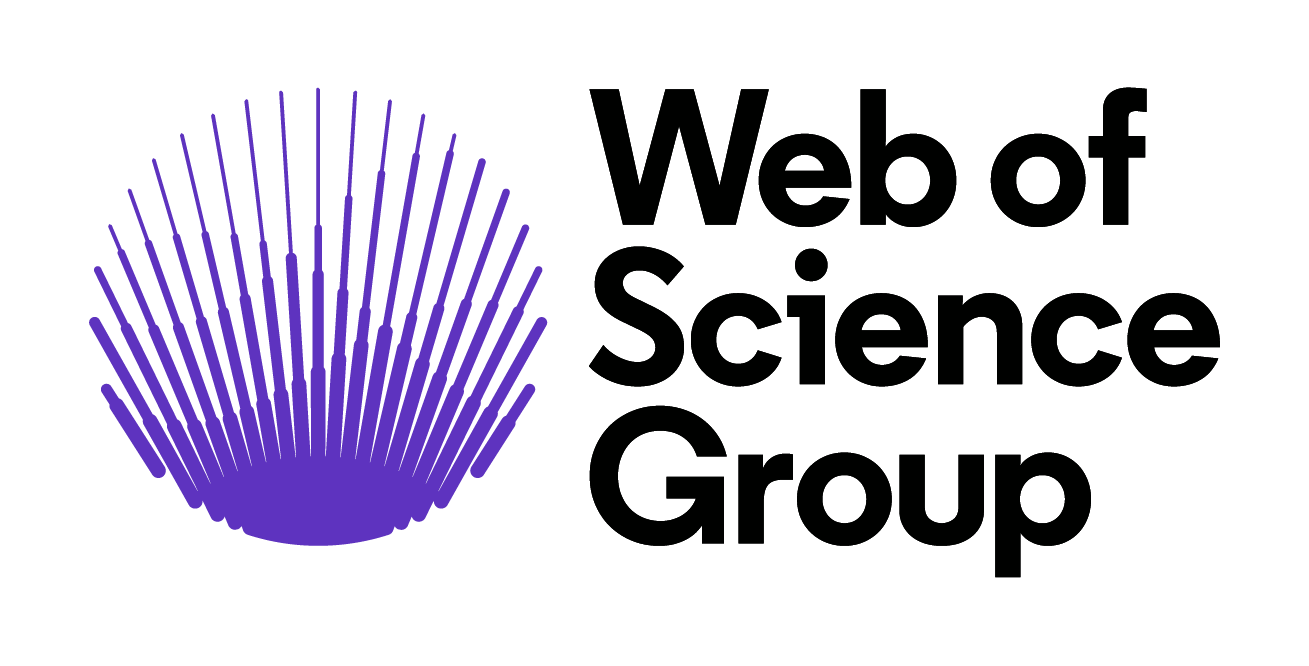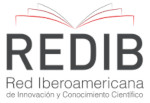Community-based Language Development of Northern Catanduanes, Philippines
DOI:
https://doi.org/10.48017/dj.v10ispecial_1.3176Palabras clave:
Northern Catanduanes, Expanded Graded Intergenerational Disruption Scale (EGIDS), Language Use, Language Vitality, MTB-MLE, Sustainable Use Model (SUM)Resumen
This study determined the language status of Northern Catanduanes spoken in Caramoran, Province of Catanduanes, and a language spoken by the local folks but not widely used outside of their community. Conducted at the height of the pandemic, the Functions, Acquisitions, Motivations, Environment, and Differentiation (FAMED) conditions identified the common factors that determined the level of language use, while the Expanded Graded Intergenerational Disruption Scale (EGIDS) measured the level of language use and vitality. Ten participants who are native speakers were selected through purposive sampling based on the Sustainable Use Model (SUM) that provided the framework for evaluating the sustainability of Northern Catanduanes. The data were collected through online focus group discussions (FGD) and survey questionnaire. The findings suggest that the EGIDS level for Northern Catanduanes is Level 5 Developing, which means “the language is being used by some though this is not yet widespread or sustainable language is in vigorous use with literature in a standardized form.” It does not enjoy the same vigorous use and prestige as the other languages of the Bicol Region, because not much is written in Caramoranon; though the locals see its importance as they widely use the language. But it is not the dominant language in trade, government, and education. A coordination with the local education sector, Bicol University, and the Local Government Unit (LGU) for the creation of a working orthography of the Caramoran language is highly recommended by the key informants to reinforce the conditions of sustainable language use and the preservation of the local Caramoran language including comparative studies to gain insights about language vitality that may lead to crafting orthographies and strengthening the MTB-MLE program.
Métricas
Citas
Allagui, I., & Al-Najjar, A. (2018). From women empowerment to nation branding: A case study from the United Arab Emirates. Northwestern University. https://www.scholars.northwestern.edu/en/publications/
Amay Lin, M. C., & Yudaw, B. (2013). Rethinking community-based indigenous language revitalization using cultural–historical activity theory. Language and Education, 27(5), 413-426. https://doi.org/10.1080/14664208.2013.831586
Anderson, S. R., & Lynch, T. D. (1956); Epstein, D. (1967); Mintz, M. (1973); McFarland, C. (1974, 1983); Lobel, J. W. (2000). Subgrouping studies on Bikol languages. University of the Philippines Press.
Burton, L. (2013). Mother tongue-based multilingual education in the Philippines: Studying top-down policy implementation from the bottom up. https://conservancy.umn.edu/bitstream/handle/11299/152603/Burton_umn_0130E_13632.pdf
Calinawagan, E. (2016). A multilingual, multicultural and multidisciplinary approach to MTBMLE: A model for Northern Philippines. https://www.up.edu.ph/index.php/teaching-in-mother-tongues/
Crowley, T. (1997). An introduction to historical linguistics (2nd ed.). Oxford University Press.
Cunanan, F. (2015). Ang dialect area ng Bikol-Sorsogon: Isang paunang suri [The dialect area of Bikol-Sorsogon: A preliminary investigation]. University of The Philippines Diliman.
Dela Torre, R. (2017). Linguistic similarity and intelligibility between Standard Bikol and Sorsogon dialects. Department of Education - Region V.
Department of Education. (2009). DepEd Order No. 74, s. 2009 – Institutionalizing mother tongue-based multilingual education (MTB-MLE). DepEd Philippines.
Department of Education-IMCS. (2013). Madya Magbarasa Kita: Giya sa Pagtukdo nin Bikol – Inot na Grado.
Eberhard, D. M., Simons, G. F., & Fennig, C. D. (Eds.). (2020). Ethnologue: Languages of the world (23rd ed.). SIL International. http://www.ethnologue.com
Fromkin, V., Rodman, R., & Hyams, N. (2010). An introduction to language (9th ed.). Wadsworth Cengage Learning.
Giannini, S. (2024). Multilingual education: A key to quality and inclusive learning. UNESCO. https://www.unesco.org/en/articles/multilingual-education-key-quality-and-inclusive-learning
Goemeh, A. S. (2015). Language vitality among the Akha in Myanmar. http://www.burmalibrary.org/docs21/Ghoemeh-2015-Language_Vitality_Among_Aka_in_Myanmar-en.pdf
Hanawalt, C., Varenkamp, B., Lahn, C., & Eberhard, D. (2016). A guide for planning the future of our language (1st ed.). Summer Institute of Linguistics International.
Headland, T. N. (2010). Why the Philippine Negrito languages are endangered. In M. Florey (Ed.), Endangered languages of Austronesia (pp. 110-118). Oxford University Press.
Lewis, M. P., & Simons, G. F. (2016). Sustaining language use: Perspectives on community-based language development. SIL International Publications.
Nolasco, R. (2013). ‘Castrated’ MTB-MLE. Philippine Daily Inquirer. https://opinion.inquirer.net/61025/castrated-mtb-mle
Tangyie, C. A., Lem, L., Atanga, E., Nforbi, E., & Balinga, S. R. (2016). How language influences social development: A cross-cultural analysis of the language of development in sub-Saharan African multi-linguistic communities. International Journal of Applied Research, 2(6), 536-541. https://www.academia.edu/26547310/
Tehan, M. T., & Markowski, L. (2017). An evaluation of So language vitality in Thailand. University of Hawaii. https://evols.library.manoa.hawaii.edu/bitstream/10524/52397/04_TehanMarkowski2017evaluation.pdf
UNESCO. (2003). Education in a multilingual world: UNESCO education position paper. https://unesdoc.unesco.org/ark
Descargas
Publicado
Cómo citar
Número
Sección
Licencia
Derechos de autor 2025 Renelyn Bautista

Esta obra está bajo una licencia internacional Creative Commons Atribución 4.0.
O periodico Diversitas Journal expressa que os artigos são de unica responsabilidade dos Autores, conhecedores da legislação Brasileira e internacional. Os artigos são revisados pelos pares e devem ter o cuidado de avisar da possível incidencia de plagiarismo. Contudo o plagio é uma ação incontestavel dos autores. A Diversitas Journal não publicará artigos com indicios de Plagiarismos. Artigos com plagios serão tratados em conformidade com os procedimentos de plagiarismo COPE.
A violação dos direitos autorais constitui crime, previsto no artigo 184, do Código Penal Brasileiro:
“Art. 184 Violar direitos de autor e os que lhe são conexos: Pena – detenção, de 3 (três) meses a 1 (um) ano, ou multa. § 1o Se a violação consistir em reprodução total ou parcial, com intuito de lucro direto ou indireto, por qualquer meio ou processo, de obra intelectual, interpretação, execução ou fonograma, sem autorização expressa do autor, do artista intérprete ou executante, do produtor, conforme o caso, ou de quem os represente: Pena – reclusão, de 2 (dois) a 4 (quatro) anos, e multa.”


















